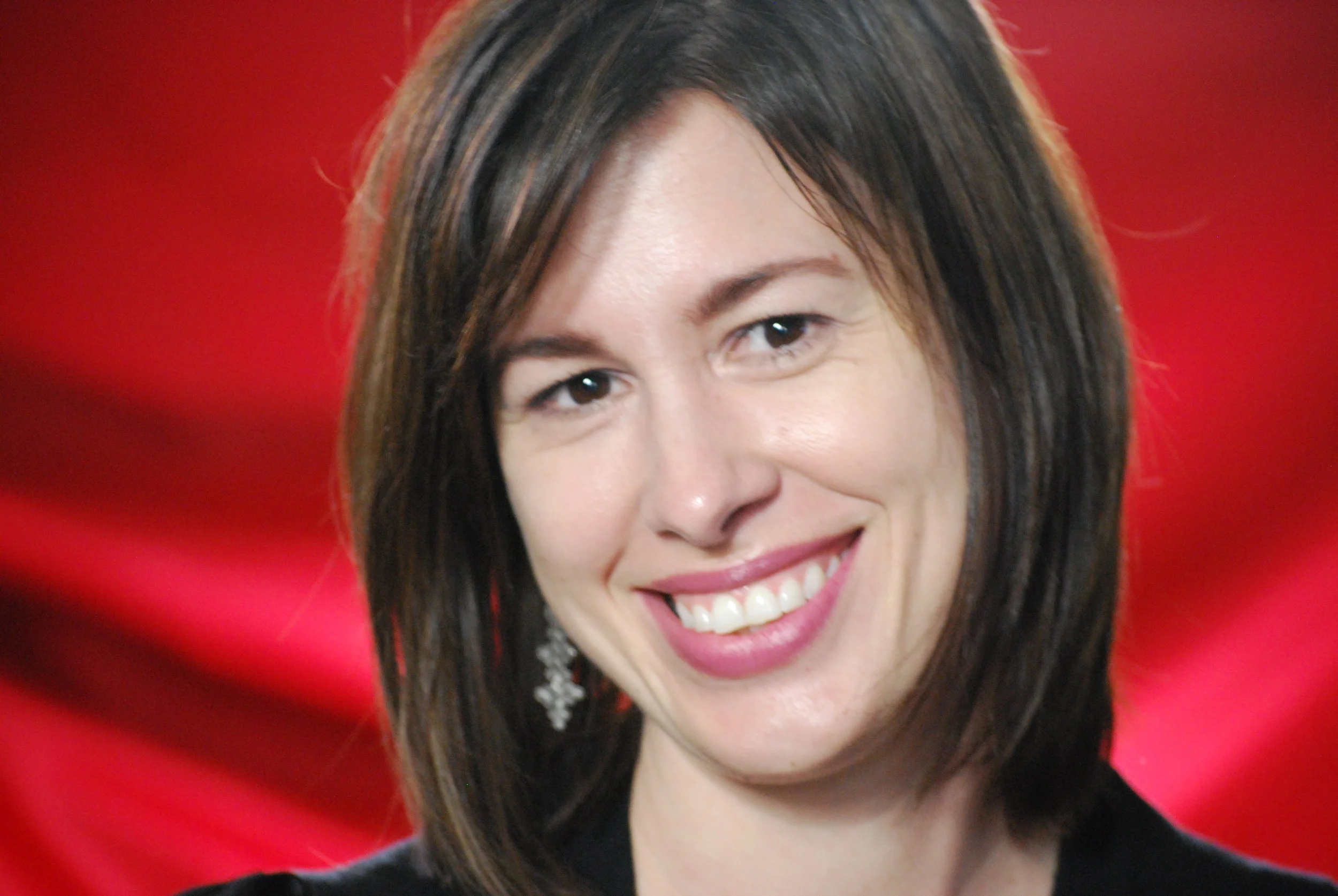Brainstorming: The Ultimate Weapon
Erin Brown
I’m in the middle of packing up my car to head out on an eight-hour, solo road trip into the West Texas desert. Am I escaping the impending apocalypse? Losing my mind? Well, the last one is probably true. I’m actually putting my brainstorming plans into action. I’m starting a new novel and one of my favorite brainstorming activities is visiting my novel’s setting to get inspired (and get details, of course).
Brainstorming is one of my favorite parts of writing because it can be so liberating. As long as you give yourself the freedom to write anything that comes to your crazy ole mind (even if—especially if—the writing isn’t top notch), that’s when the good stuff happens. Brainstorming is a technique to get the noggin working, to challenge yourself, to discover the path less taken. It’s an incredibly exciting process, and your imagination will surprise you once you take the brainstorming leap.
First thing’s first: the really fun part. Hit Amazon or your local art shop or bookstore to find the perfect new notebook. You know, the one that speaks to you and only you. And a lovely pen is a must (I prefer black ink, but feel free to bust out the sparkly purple glitter pen). Sure, some writers are more comfortable brainstorming on a computer, and if that’s your thing, then go for it. But there’s something about being able to draw, doodle, and write that sparks creativity, I find. Whichever method you prefer, starting with a clean slate will allow you to begin brainstorming ideas on plot, characters, dialogue, descriptions, arc, and theme; write letters to your characters, ask questions of them, explore what makes them tick before you ever begin the formal process of writing.
Next up? Brainstorming inspiration. Find a place that gets your creative juices flowing. Visit a beautiful library, journal in a museum, sit in a park and people watch. Go to a used book store and caress some old, leather-bound books, feeling their energy soak into you. Follow up this adventure by discovering a stimulating place to work, preferably one without distractions. “Ah, in a perfect world,” you might be saying (heck, I have two young boys and some days I clean dinner and cook the house). But hey, you can make it happen if you want it. Find a room at home where you can hole up for a few hours each day, rent a cabin for the weekend, even hang out at that gorgeous library you love so much. Find a place to brainstorm ideas that is compelling, colorful, and touches your soul. So much inspiration can come from your environment. Absorb the vibrancy of the world around you.
If possible, visit your setting and let it enthuse and compel you to move forward in your writing. Brainstorm in your setting, letting your surroundings inspire you, letting your brain free flow ideas onto the paper. Begin crafting pieces of descriptions, snippets of dialogue, some sketches. Draft a rough outline, build your scenes; it doesn’t have to have a logical sequence at this point (consider rearranging scenes on index cards as a way to experiment). The gist is that you’re simply coming up with all of the ideas that you can in order to spark creativity. Think quantity, not quality.
Speaking of igniting creativity, brainstorm a playlist for your novel. Music can provoke emotions and imagination in a way that little else will. Does Dr. Dre treat you to some sick beats? Are you on the road again with Willie Nelson? Maybe some smooth jazz notes make you get up and sway. Don’t choose only your favorite brainstorming music, also decide what music would form a soundtrack for your ideas, plot, and characters. Play your favorites before (or while) you brainstorm and see what lights your fire (and if it’s Nickelback, you might want to keep that on the down-low).
Finally, my favorite brainstorming technique: take an obvious plotline and turn it on its ear. Mess it up. Get weird. You’ve brainstormed some ideas, a few scenes, now twist. How can you make the expected unexpected? Before you begin writing, figure this out while brainstorming – without self-editing, without second-guessing; allow both good and bad ideas to flow.
Give yourself permission to experience inspiration. Your writing deserves it. And the brainstorming stage is the perfect time to find your creativity and ideas. Before you begin writing your novel, let the hundreds of ideas flow; don’t be nervous or intimidated. Remember what it all comes down to eventually; one simple act: just write. Without constraints, without anticipating what anyone else will think, without any negative self-talk. Let your ideas flow. Then you can play with them, reconstruct them, edit them, switch them up.
But as you brainstorm, fly free, sweet writer, into the wind, unencumbered, soaring like an eagle, drifting into the abyss . . . okay, okay, I got a little carried away there. Luckily, I was just brainstorming.
Erin Brown worked as an editor for almost a decade at two major New York publishing houses, William Morrow, a division of HarperCollins, and Thomas Dunne Books, a division of St. Martin’s Press. She’s had her dream job for ten years now, as a freelance editor working directly with writers in order to improve their work (and hopefully find representation and publication!). You can contact her at www.erinedits.com. You can also email her directly at: erin@erinedits.com.

